NEGROS OCCIDENTAL, June 9, 2022 – To improve farmers’ capacity for continuous management and sustainability of their livelihood projects, 120 beneficiaries of the Department of Agriculture-Special Area for Agricultural Development (DA-SAAD) Program were trained on banana production, native chicken production, and greenhouse management in Moises Padilla, Negros Occidental from May 31 to June 3, 2022.
The training was facilitated by the SAAD Provincial Project Management Support Office (PPMSO) with the assistance of the local government unit.
According to Mr. Jezer John Chispa, the SAAD Area Coordinator of Moises Padilla, the four-day activity gathered 10 members each from Sitio Lemoncito Integrated Farmers’ Association (SILIFA), and Barangay Odiong Purisima Agrarian Reform Beneficiaries’ Association (BOPARBA); 30 members each from Binhi sang Kauswagan sang Sto. Domingo Integrated Farmers’ Association (BISAKASDOIFA) and Barangay Crossing Magallon Small Farmers’ Association (BCMSFA); and 40 members from Tiguisan Haruy Farmers’ Association (TIHARFA).
All of these associations are situated in the central part of the town regarded as the “livestock capital” of the province. Most, if not all of the members of the said groups are engaging in small-scale backyard raising of animals such as native chicken, goat, and swine. They also grow vegetables in their backyard gardens and their crops include tomato, eggplant, and pole sitaw but their yield is often intended for home consumption.
Banana Production Training
Provincial Agriculture Office (OPA)-Negros Occidental Coordinator for Banana Commodity, Mr. Joemarie Bitamor, shared his expertise with 10 banana growers from SILIFA and another 10 from BOPARBA on May 31. This is in preparation for the livelihood grants that they will receive by the third quarter of this year.
Both groups from barangays Quintin Remo and Odiong were identified as beneficiaries of this year’s banana production project with a proposed amount of Php 207,480. The inputs which are targeted to be delivered by July include 250 banana suckers of saba variety, EM-concentrate microbial inoculant, 100 bags of organic fertilizer, plastic crates, spade, spading fork, hoe, and wheelbarrow.
SILIFA and BOPARBA have a consolidated banana production area of 4 hectares. The planting period usually takes place during the wet season from June to October, thus the SAAD training was just in time for their preparation for the planting cycle this year.
Mr. Bitamor taught the participants about the various cultivation methods of bananas, land preparation, correct fertilization, fruit care, integrated pest and diseases management, as well as marketing strategies for trading banana products.
Mr. Bitamor encouraged farmers to practice integrated pest management (IPM) by utilizing all suitable pest management techniques and methods to keep the pest population below economically injurious levels.
As the first line of pest control, IPM works to manage the crop to prevent pests from becoming a threat by using cultural methods, such as crop rotation, selecting pest-resistant varieties, and planting pest-free rootstocks, among others.
Mr. Bitamor urged the SAAD beneficiaries to take good care of their livelihood projects aimed to improve the quality of life in the rural areas.
“Halungan gid nila (beneficiaries) ang ginhatag ni SAAD nga mga projects kay once in a lifetime lang ini. Sila (farmers) gid ang aton priority nga ginahatagan sang mga training sa production para gid sa ila kaayuhan. Dapat tipigan kag palambuon gid nila ang ini nga mga projects,” said Mr. Bitamor.
(They should take good care of all the livelihood projects given by SAAD because these are once in a lifetime. They are our priority being given training on production for their welfare. They should take care of and make this project thrive).
Greenhouse Management Training
Greenhouse Technology is the method of growing crops by providing a favorable environment around the year. This mode of cultivation will protect the crop from adverse climatic conditions like wind, cold, precipitation, excessive radiation, extreme temperature, insects, and diseases. Creating an ideal microclimate around the plants is a vital role in this technology.
Thirty (30) farmers from BISAKASDOIFA attended the Greenhouse Management Training on June 1 and another 30 farmers from BCMSFA the next day.
Ms. Flora May Billena, farm manager of Negros First Organic Technology Center and Agriculturist II from OPA-Negros Occidental imparted knowledge on managing greenhouse technology by using enclosed structures to control the environment and its effects on crop growth and production.
Ms. Billena explained that the traditional way to grow plants is under natural environmental conditions, thus, in the case of temperate areas such as in Moises Padilla, it is necessary to utilize greenhouse technology to grow high-value crops year-round in a protected environment.
Through building a greenhouse, Ms. Billena said the environmental conditions are controllable and modified to grow any plant in any place at any time by providing suitable environmental conditions with minimum labor. She also taught farmers to consider the type of crop, time, and sunlight access as essential factors in greenhouse management.
But most of all, Ms. Billena pointed out that it is important to manage the humidity and temperature levels within the greenhouse to keep plants healthy. Having high levels of humidity causes the environment to be too wet, resulting in stressed plants (vulnerable to pests and diseases). Too low humidity will allow the plants to wilt. Certain nutrients like calcium may not be absorbed by the plants well either if the humidity is too high, while plants cannot grow well if the humidity is too low (Matt W, 2018).
To bolster farming activities, the Program is set to distribute Php 1,929,623 worth of inputs for vegetable production which includes certified seeds of okra, eggplant, hot pepper, bell pepper, pole sitao, squash; vermi worm; organic fertilizer; plastic crates; digital weighing scale; granular applicator; pump and engine set; greenhouse; and labeling and packaging materials. The two groups with a consolidated land area of 4 hectares for vegetable production will receive these interventions by June and July this year.
Native Chicken Training
TIHARFA has 40 members who attended the on-site training in Sitio Haroy, Barangay Montilla on July 3.
Ms. Angela Jane Labrador of Negros Occidental Research Outreach Station of the Department of Agriculture Western Visayas led the training on poultry keeping for egg and meat production. Ms. Labrador discussed the establishment of animal housing, different systems of poultry feeding and management, health and hygiene, and raising native chickens as a business.
She also tackled good record keeping as part of project management to keep farmers informed on the costs of production such as feed, medication, and other consumables used in a batch, as well as take corrective actions when the laying hens are not growing or performing accordingly.
Last August 2020, TIHARFA received the Native Chicken Production from SAAD which includes 60 native chickens, 13 bags of poultry feed, and 7 sets of drugs and biologics worth Php 42,000.
From 60, TIHARFA was able to increase the native chicken stocks to 200. The group also earned Php 7,600 from selling eggs at Php 7-8/piece and live native chickens at 6 months old are sold at Php 250-400/head. They bring these chickens to the town’s stockyard with buyers from nearby and distant towns. Some of the revenue is used to fund the chicken feed.
Trainings Lined Up
In Negros Occidental, more specialized training sessions will be scheduled this June and July to promote the sustainability of the project among its members.
Among the technical training sessions lined up are ginger processing, caracow raising, vermiculture, value-adding on banana-based food products, coffee processing, cassava value-adding, and swine production.
Since the start of its implementation in 2019, the SAAD Program in Western Visayas has already expanded its area of coverage from three municipalities to eight. For the past three years, the program was able to initiate 77 social preparation activities such as community needs assessment and capability building training, benefitting 698 individual beneficiaries, and 383 group beneficiaries with 13,419 group members. There were also 184 specialized training conducted across various commodities, capacitating 5,809 individual beneficiaries. ###
Writer: Christ John Gamarcha, DA SAAD 6 Information Officer
Reference:
Matt, W (2018). How Can We Maintain the Humidity Inside a Greenhouse? retrieved from https://www.greenhousestores.co.uk/blog/How-Can-We-Maintain-The-Humidity-Inside-A-Greenhouse/

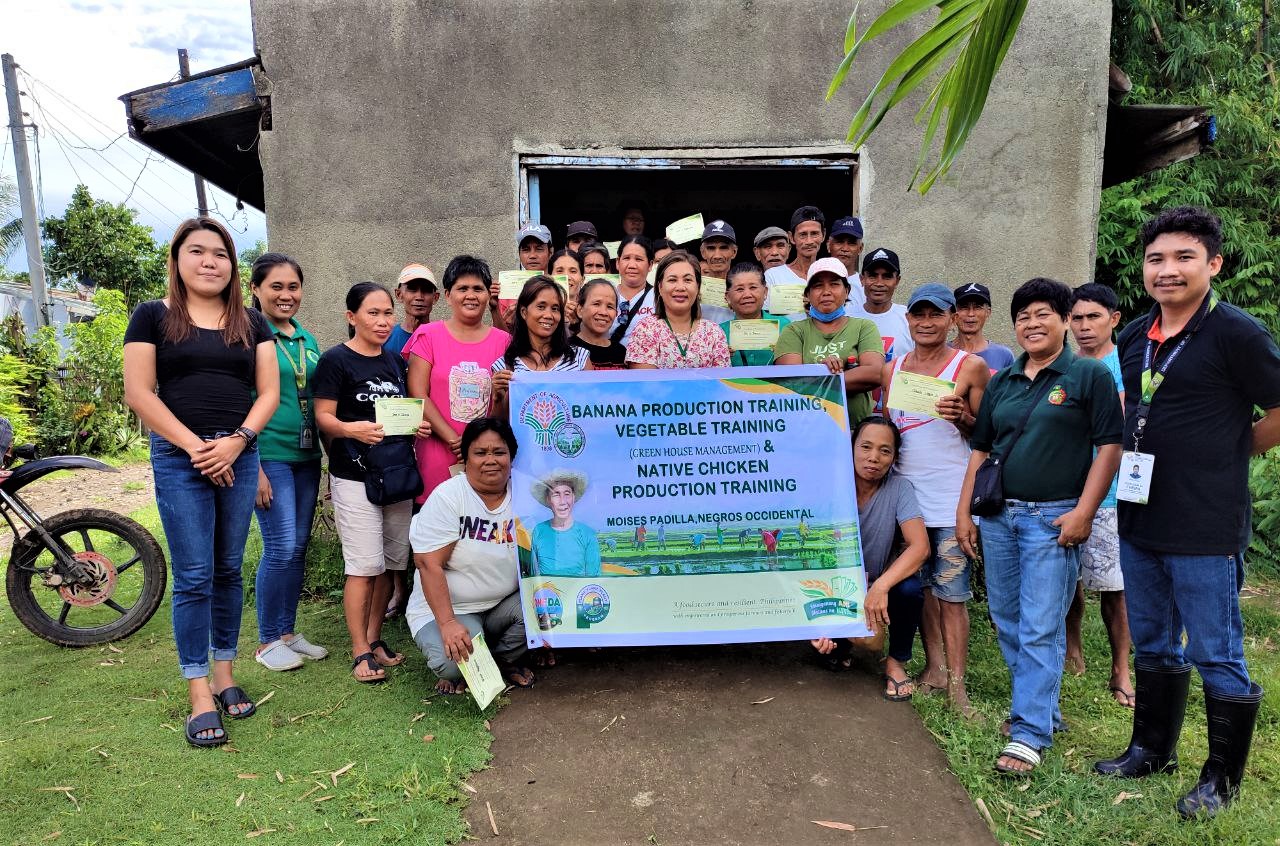
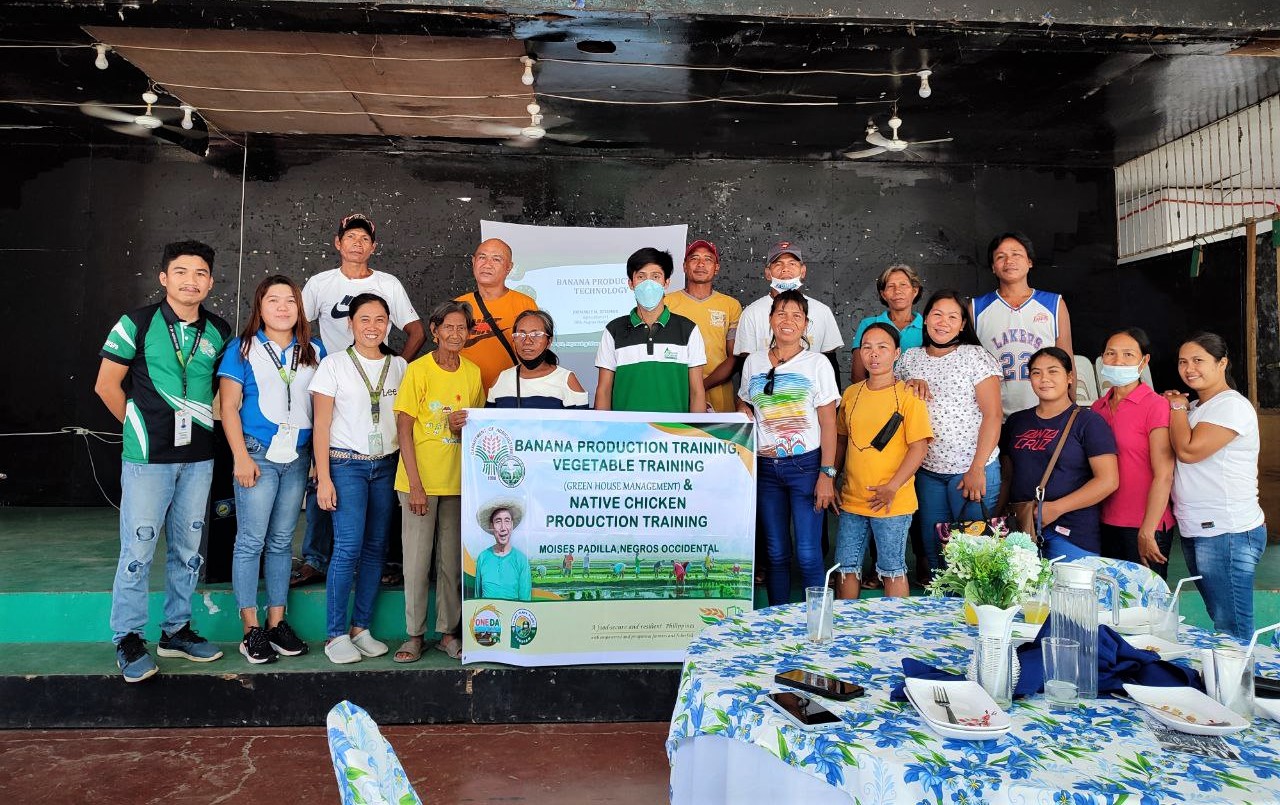
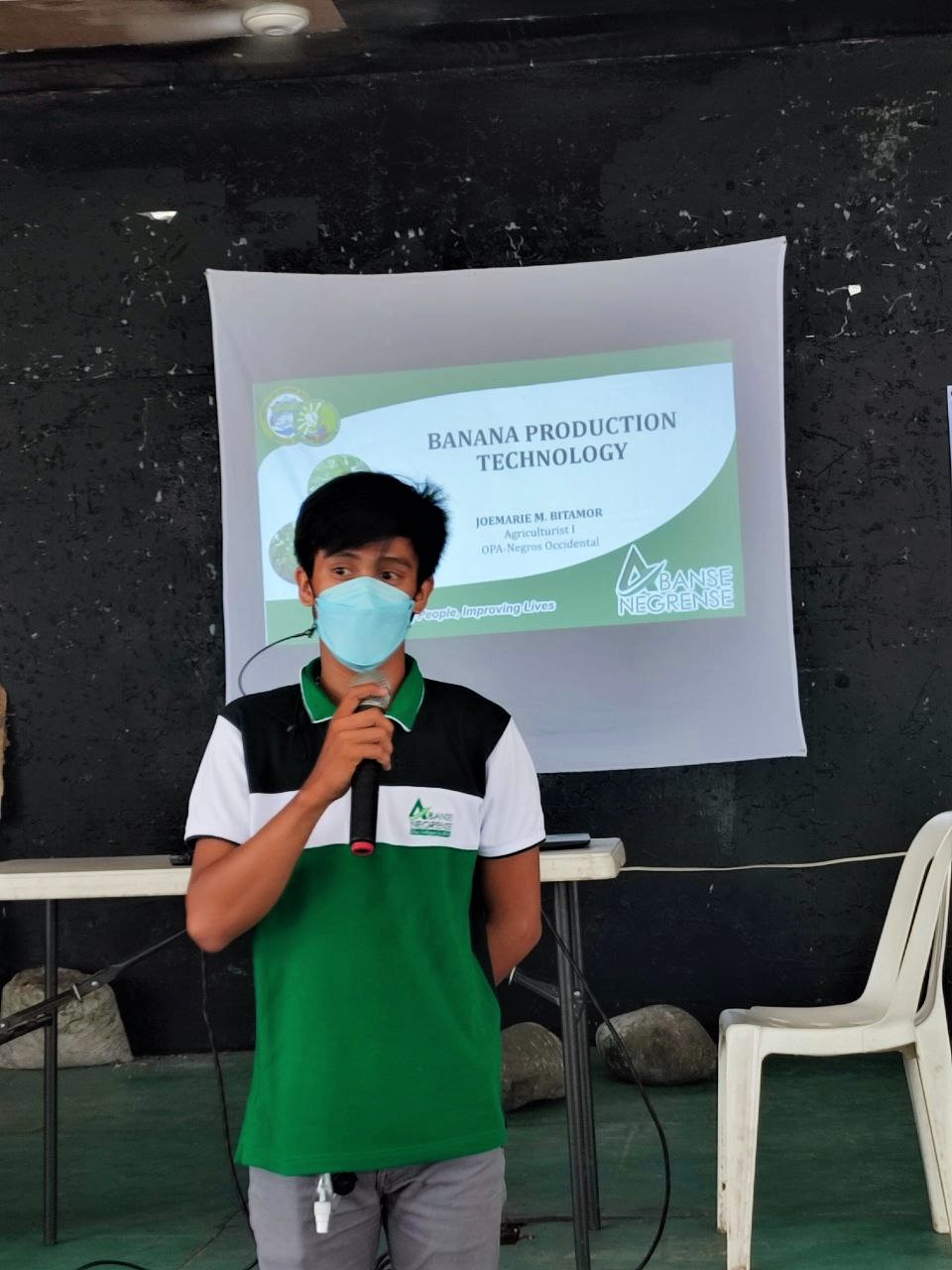
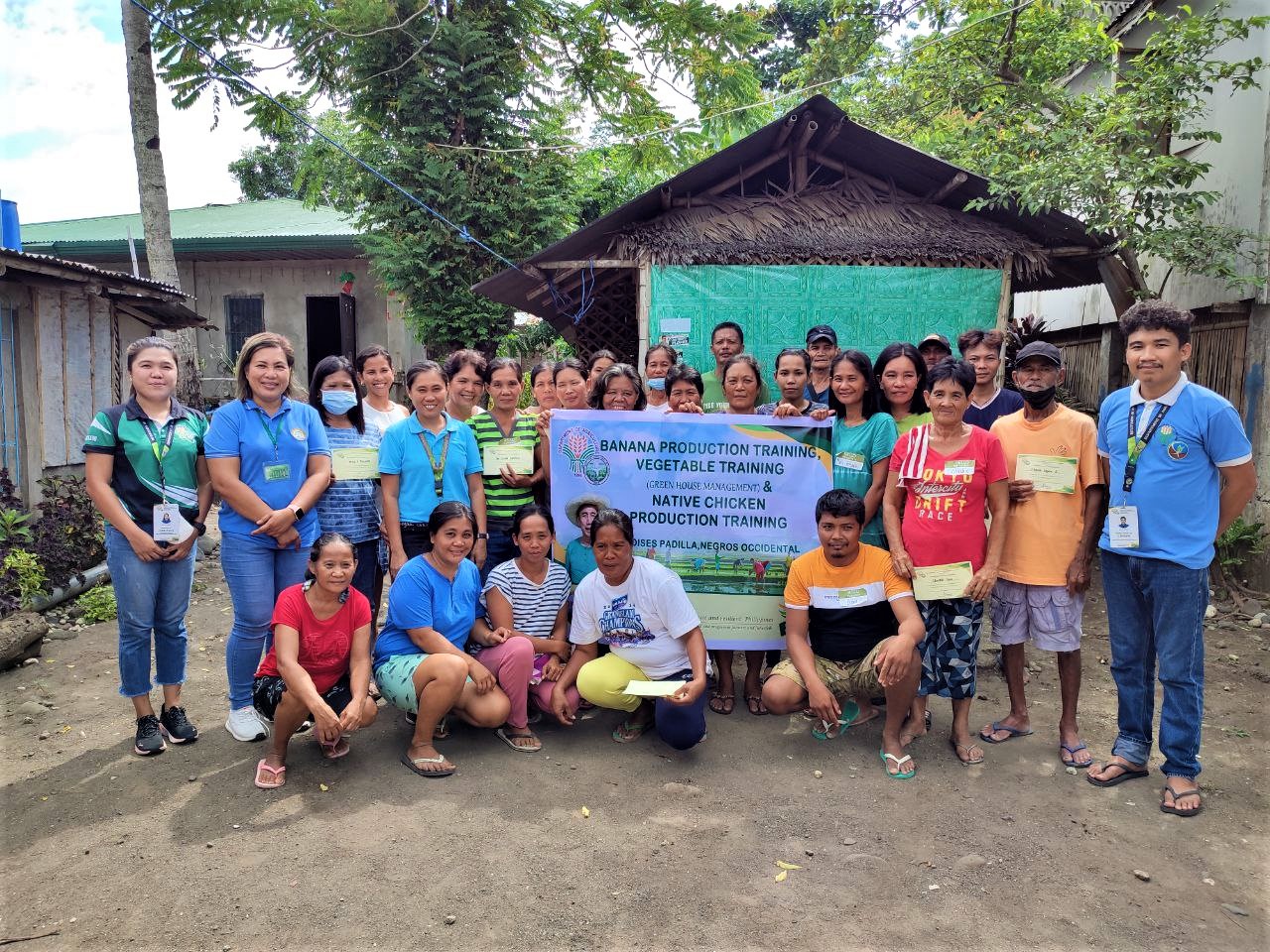
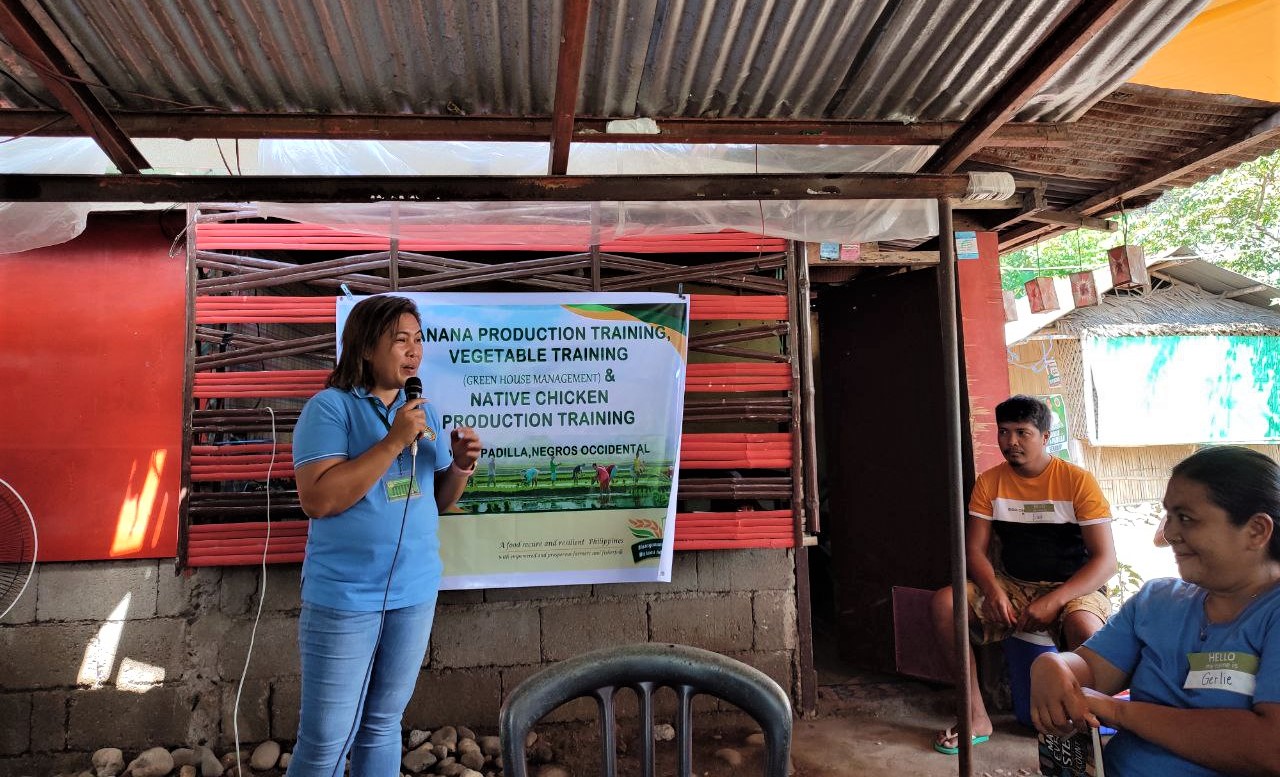
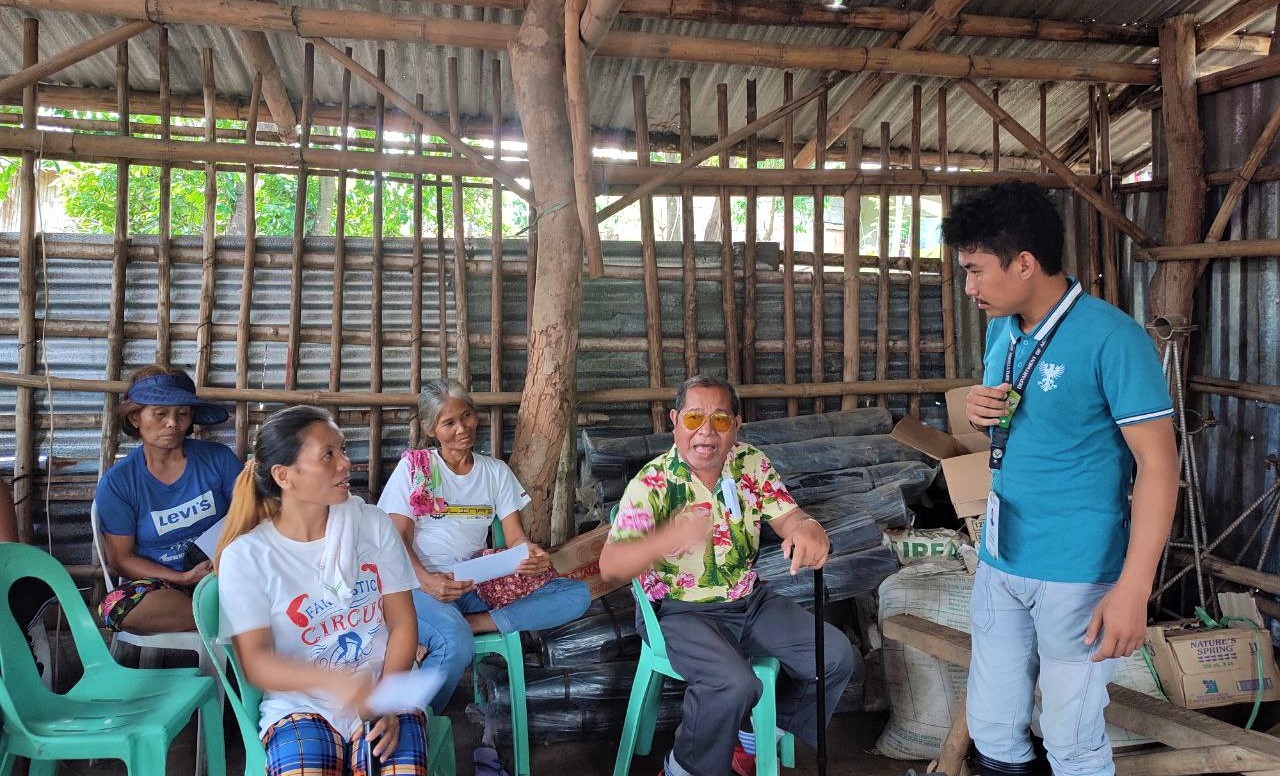
Comments (0)